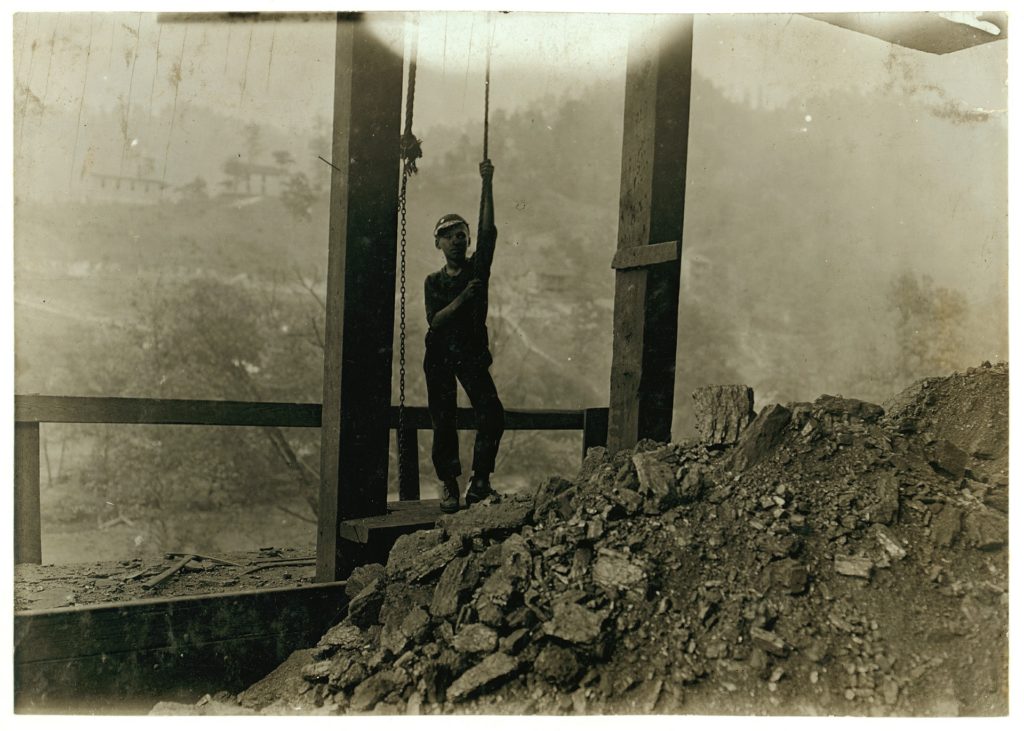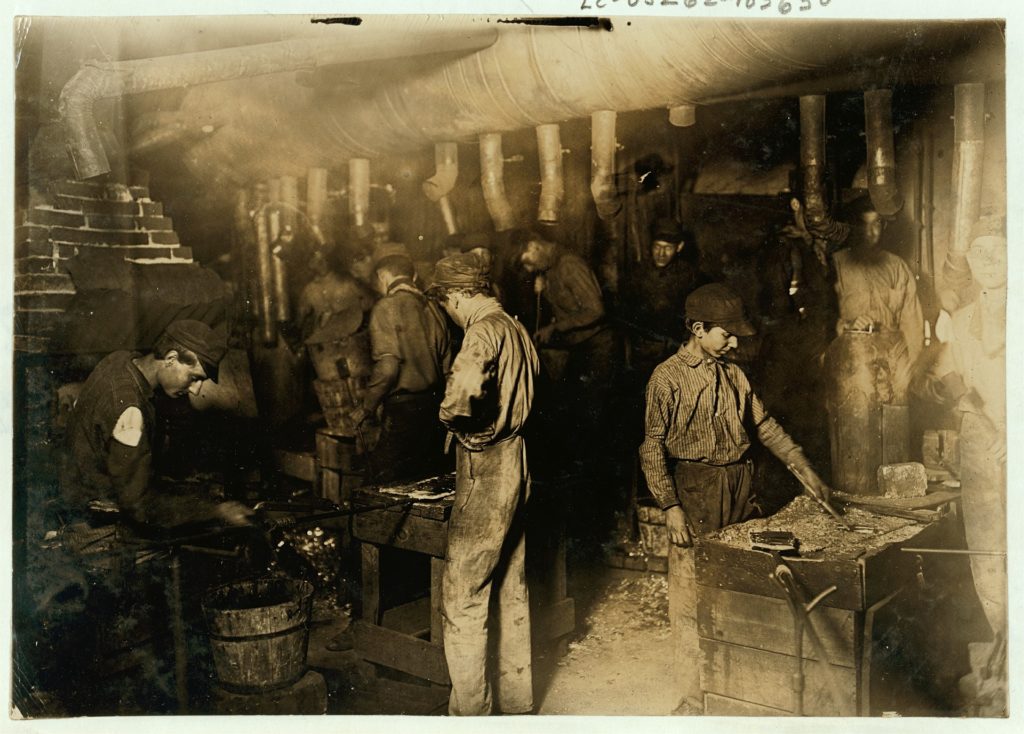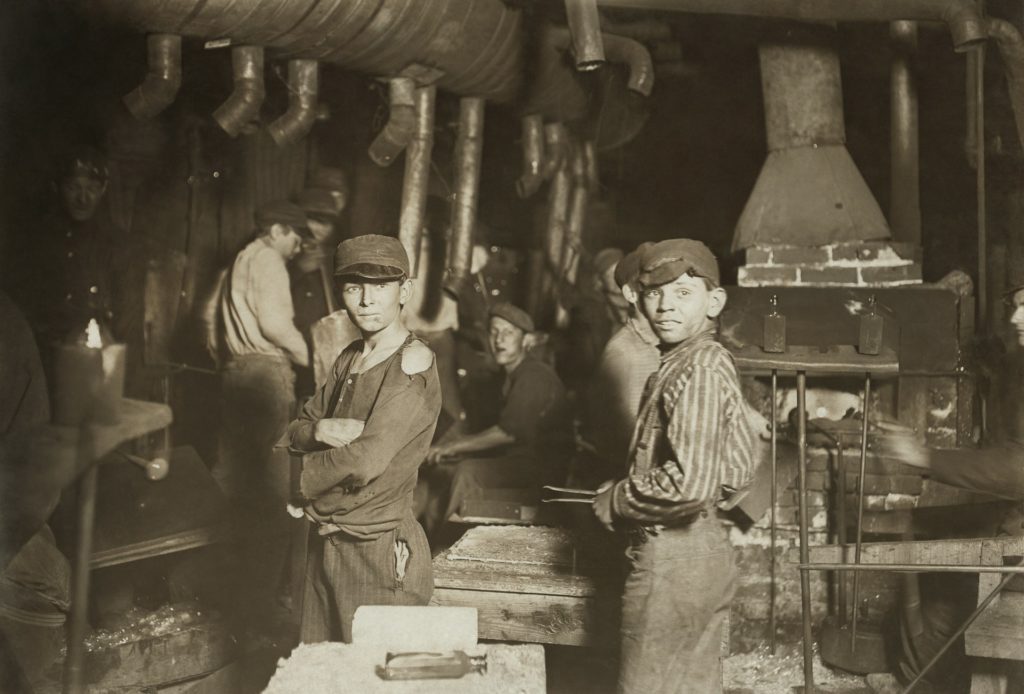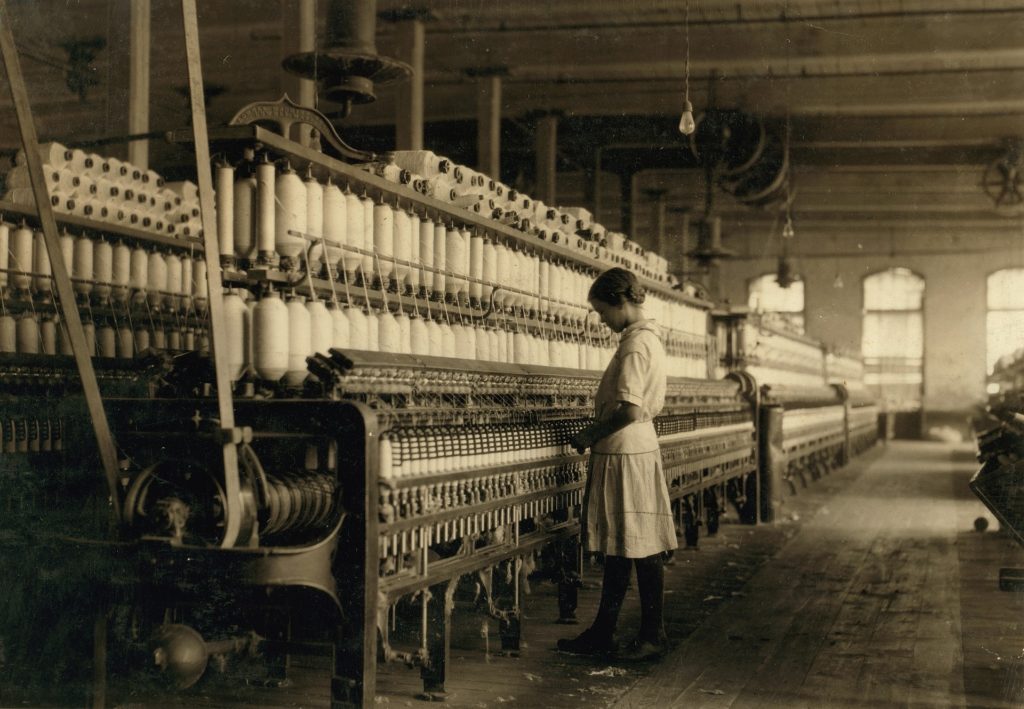Times change, and as they do, they force us all to view our past with the insight of 20/20 vision. In the midst of time, however, this insight is almost impossible. Ever since the start of civilization, children have played an important role in the prosperity or hardship of a family. Male children have, in the past, been preferred because of their potential to help with labor-intensive chores. Whereas females, whom are generally not as physically strong, were considered to be a misfortune.
By the time we reached the industrial revolution in the 1700s, the gender of a child became less of an issue and their exploitation equally-atrocious. Before the industrial revolution, children’s contributions to their families was direct, either in the form of helping around the farm, shop, etc, selling family goods, and the like. Once the 18th century arrived, these same children followed their parents to the industrial hubs of the country and suddenly they became even more prized than their parents.
Children as young as 4, were sent off to work in factories. Children, while were not as strong as adults, offered several benefits to factory chiefs; you could pay them less, they were smaller in size and could fit where adults couldn’t, they didn’t think long-term, and unionizing was not in their thoughts, they were less rebellious (and easy to punish).
There were many movements to try to curb child labor, with the most famous coming from photographer Lewis Hine. Mr Hine’s photographs helped to sway the opinion of the public towards child labor reform
However, Mr Hine’s photographs, though they fully captured the danger, pain, and the loss of their innocence, were not enough to end it. It was only until the collapse of the stock market in 1929, when the great depression ensued and adults began to fight for the very jobs previously held by children that was the catalyst. It would take another 10 years for a bill to get signed and a law to be enacted. The fair labor standards act of 1938, prohibited children under 14 to work.
It is the beginning of the 21st century and I cannot imagine having my young child working at a factory in the middle of all the danger it entails. Sending her on a field trip to a factory, where as many safeguards as possible are in effect, is as close as she’ll ever get. Yet, less than 100 years ago, in a different time, such an opinion would not have been a forethought.







